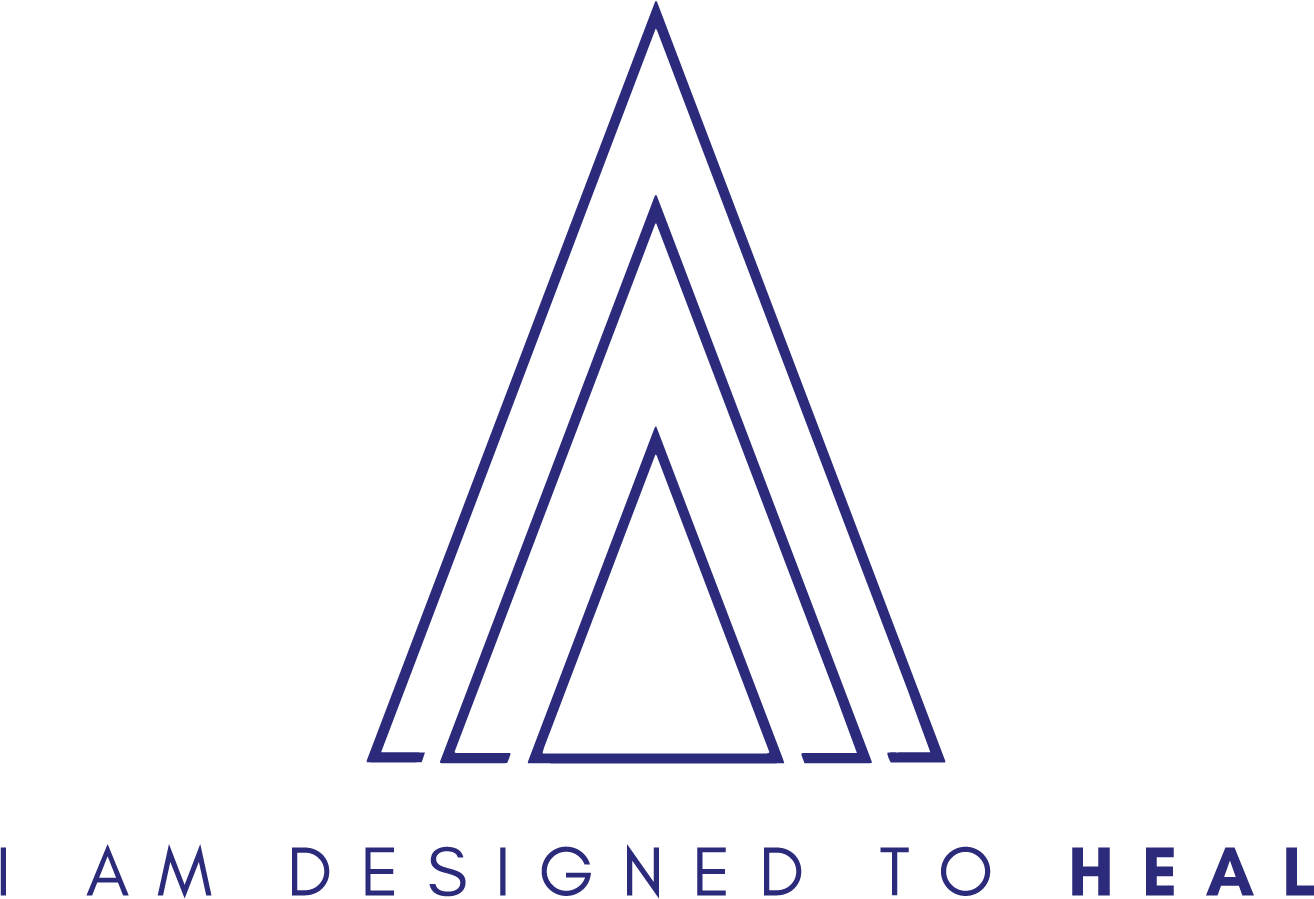
07 Jul Acupuncture vs. Dry Needling: Which is Right for Your Pain Relief?
If you’re struggling with chronic pain or musculoskeletal issues, you might be considering various treatments, such as acupuncture or dry needling. While both methods involve using needles, they come from different traditions and offer unique benefits.
Here’s a friendly guide to understanding why you might choose a Doctor of Acupuncture and Oriental Medicine (DAOM) for acupuncture over seeing a chiropractor or physical therapist for dry needling.
What is Acupuncture?
Acupuncture is a practice from Traditional Chinese Medicine (TCM) that involves inserting fine needles into specific points on the body, known as acupuncture points or acupoints. The goal is to balance the flow of Qi (pronounced “chee”), or vital energy, which is thought to help the body heal and restore itself.
From a modern perspective, acupuncture is believed to work by stimulating nerves and muscles, releasing endorphins (natural painkillers), improving blood flow, and reducing inflammation. It’s a holistic approach that aims to treat not just the symptoms but the whole person, considering emotional and physical well-being (Vickers et al., 2018).
Citation: Vickers, A. J., Vertosick, E. A., Lewith, G., MacPherson, H., & Sherman, K. J. (2018). Acupuncture and dry needling in the treatment of musculoskeletal pain: A systematic review of randomized controlled trials. Journal of Pain Research, 11, 215-228. doi:10.2147/JPR.S146316
What is Dry Needling?
Dry needling is a technique used primarily by chiropractors and physical therapists. It involves inserting needles into trigger points or tight muscle knots to relieve pain and improve muscle function. Unlike acupuncture, which is based on TCM principles, dry needling is grounded in Western anatomical and physiological theories.
Dry needling focuses specifically on musculoskeletal issues and is often used to treat conditions like muscle pain, stiffness, and limited range of motion. It’s known for providing targeted relief, especially for muscle-related problems (Dommerholt et al., 2016).
Citation: Dommerholt, J., Fernández-de-Las-Peñas, C., & Cummings, T. M. (2016). Dry needling and myofascial trigger points: A systematic review. Journal of Orthopaedic & Sports Physical Therapy, 46(4), 283-293. doi:10.2519/jospt.2016.6362
Benefits of Seeing a DAOM for Acupuncture
- Holistic Care
A DAOM provides a holistic approach, focusing on overall well-being rather than just isolated symptoms. They consider your physical, emotional, and environmental factors, which can lead to a more comprehensive treatment plan (Lee et al., 2012).
Citation: Lee, J. H., Lee, M. S., Choi, T. Y., Ernst, E., & Lee, H. (2012). Acupuncture for anxiety: A systematic review. JAMA Internal Medicine, 172(11), 888-896. doi:10.1001/jamainternmed.2012.3400
- Personalized Treatment
DAOMs use a detailed diagnostic process based on TCM principles. This personalized approach allows them to tailor treatments to your specific needs and health conditions, which can enhance the effectiveness of the therapy (Zhang et al., 2014).
Citation: Zhang, Q., Yue, J., & Wang, X. (2014). Acupuncture for chronic pain: A systematic review and meta-analysis of randomized controlled trials. Journal of Pain, 15(8), 1070-1077. doi:10.1016/j.jpain.2014.05.007
- Broad Therapeutic Scope
Acupuncture can address a variety of conditions beyond musculoskeletal pain, including digestive issues, stress, and insomnia. This broad approach allows for integrated care that can improve multiple aspects of your health (Vickers et al., 2018).
Citation: Vickers, A. J., Vertosick, E. A., Lewith, G., MacPherson, H., & Sherman, K. J. (2018). Acupuncture and dry needling in the treatment of musculoskeletal pain: A systematic review of randomized controlled trials. Journal of Pain Research, 11, 215-228. doi:10.2147/JPR.S146316
- Complementary Therapies
Acupuncture can be combined with other TCM practices like herbal medicine, moxibustion, and cupping, offering a comprehensive and integrative approach to healing (Vickers et al., 2018).
Citation: Vickers, A. J., Vertosick, E. A., Lewith, G., MacPherson, H., & Sherman, K. J. (2018). Acupuncture and dry needling in the treatment of musculoskeletal pain: A systematic review of randomized controlled trials. Journal of Pain Research, 11, 215-228. doi:10.2147/JPR.S146316
Benefits of Dry Needling with Chiropractors or Physical Therapists
- Targeted Relief
Dry needling is excellent for addressing specific muscle issues and trigger points. It provides focused pain relief and helps improve muscle function, making it particularly useful for localized musculoskeletal problems (Cummings & White, 2001).
Citation: Cummings, T. M., & White, A. R. (2001). Dry needling: A literature review. Journal of Orthopaedic & Sports Physical Therapy, 31(5), 198-210. doi:10.2519/jospt.2001.31.5.198
- Integrative Rehabilitation
Chiropractors and physical therapists often use dry needling as part of a broader rehabilitation program that includes exercises and other therapies. This integrated approach can help speed up recovery and improve overall function (Dommerholt et al., 2016).
Citation: Dommerholt, J., Fernández-de-Las-Peñas, C., & Cummings, T. M. (2016). Dry needling and myofascial trigger points: A systematic review. Journal of Orthopaedic & Sports Physical Therapy, 46(4), 283-293. doi:10.2519/jospt.2016.6362
- Evidence-Based Practice
Dry needling is supported by growing research for specific conditions, offering a scientifically validated option for managing muscle pain (Dommerholt et al., 2016).
Citation: Dommerholt, J., Fernández-de-Las-Peñas, C., & Cummings, T. M. (2016). Dry needling and myofascial trigger points: A systematic review. Journal of Orthopaedic & Sports Physical Therapy, 46(4), 283-293. doi:10.2519/jospt.2016.6362
Conclusion
Whether you choose acupuncture with a DAOM or dry needling with a chiropractor or physical therapist, both approaches offer valuable benefits for pain relief. Acupuncture provides a holistic, integrative approach that can address a wide range of health issues, while dry needling offers targeted relief for specific muscle-related conditions. Understanding these differences can help you make an informed decision based on your individual needs and health goals.
For personalized advice and effective treatment, consider consulting with healthcare professionals experienced in both acupuncture and dry needling. They can help you determine the best approach to achieve optimal pain relief and improve your overall well-being.


